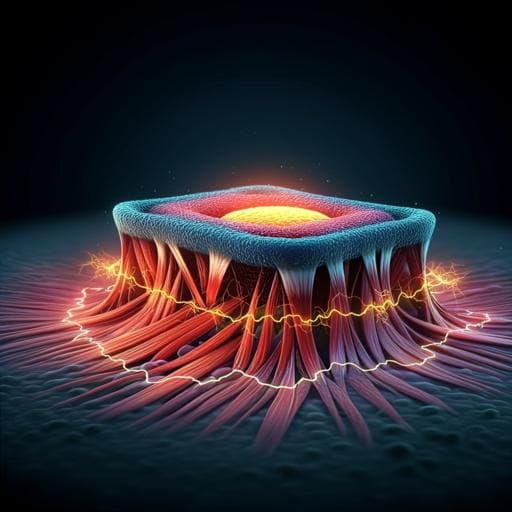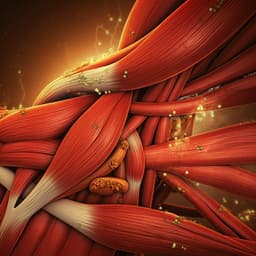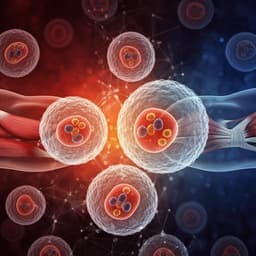
Medicine and Health
Matrigel 3D bioprinting of contractile human skeletal muscle models recapitulating exercise and pharmacological responses
A. A. Reyes-furrer, S. D. Andrade, et al.
Discover how researchers Angela Alave Reyes-Furrer and colleagues have innovated 3D human skeletal muscle models through advanced bioprinting techniques. Their miniature models show remarkable contractile abilities, paving the way for novel drug development in combating muscle wasting diseases.
~3 min • Beginner • English
Related Publications
Explore these studies to deepen your understanding of the subject.







